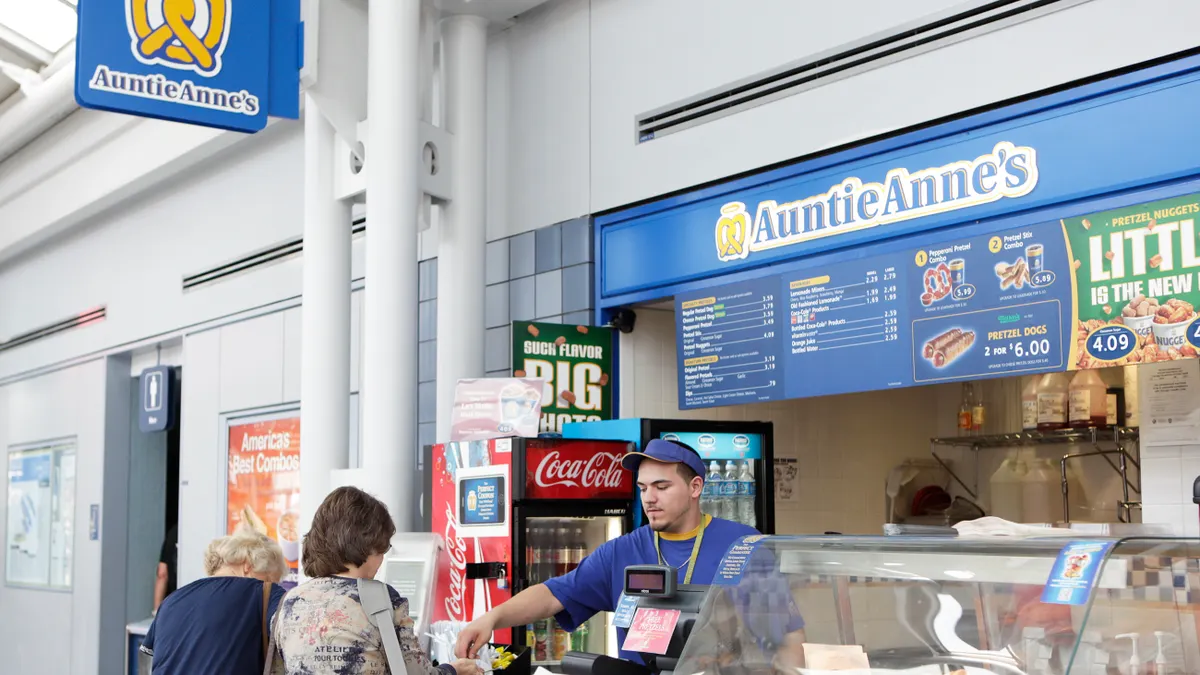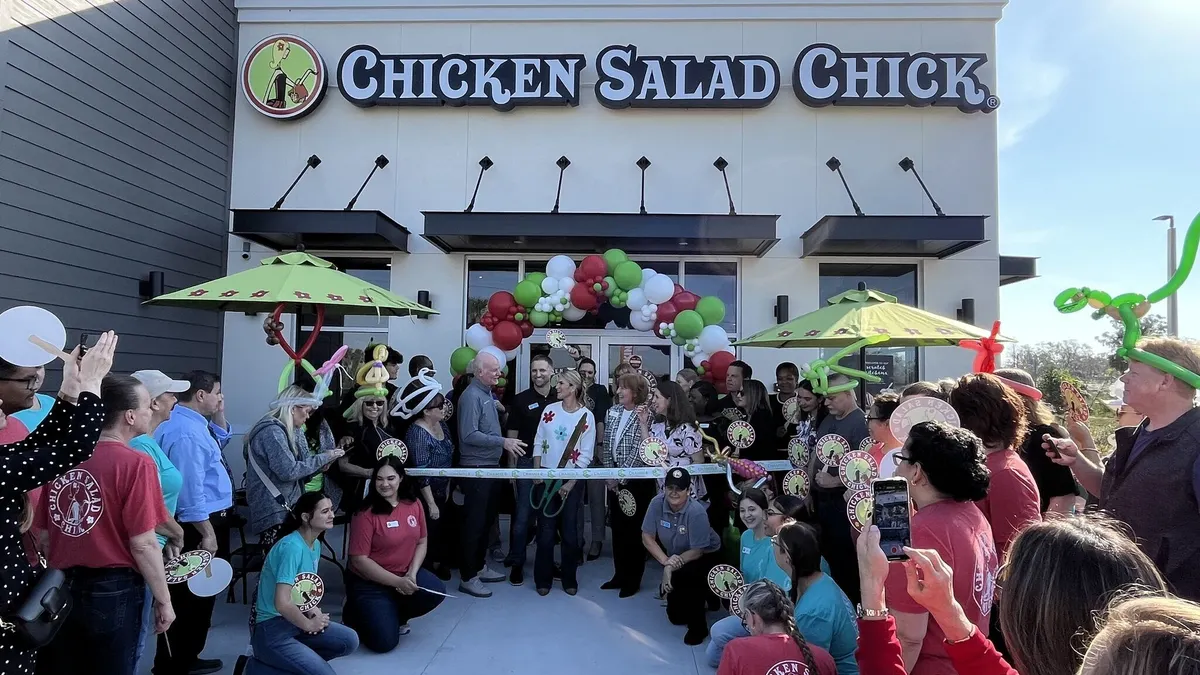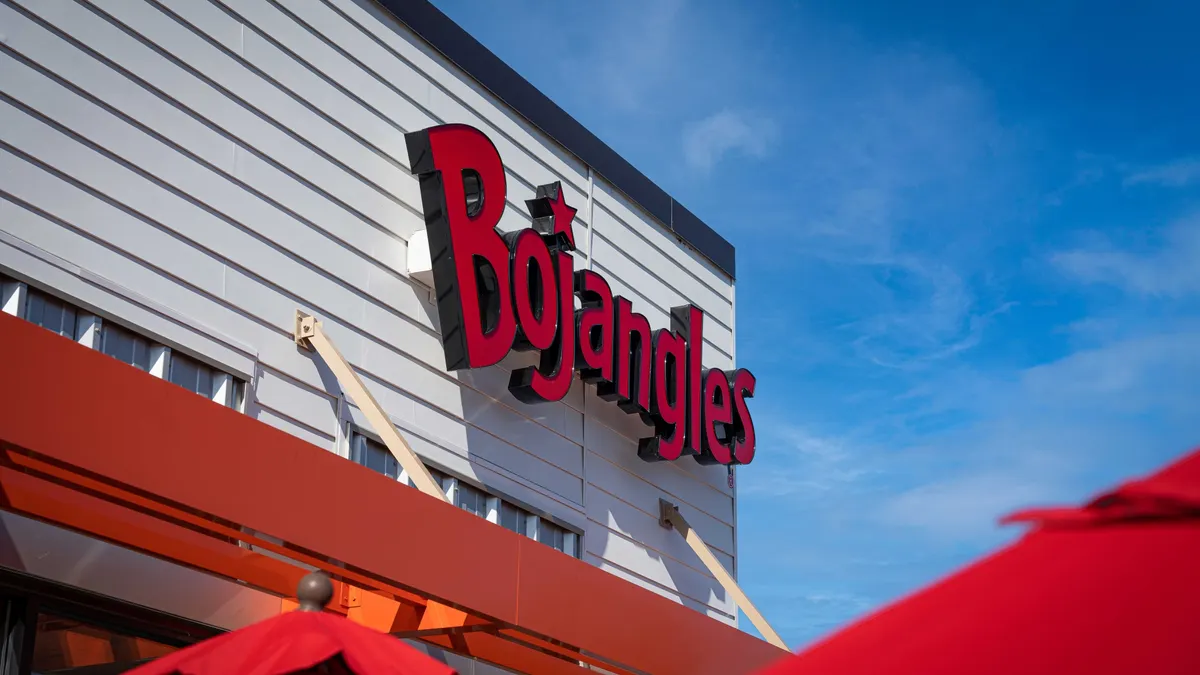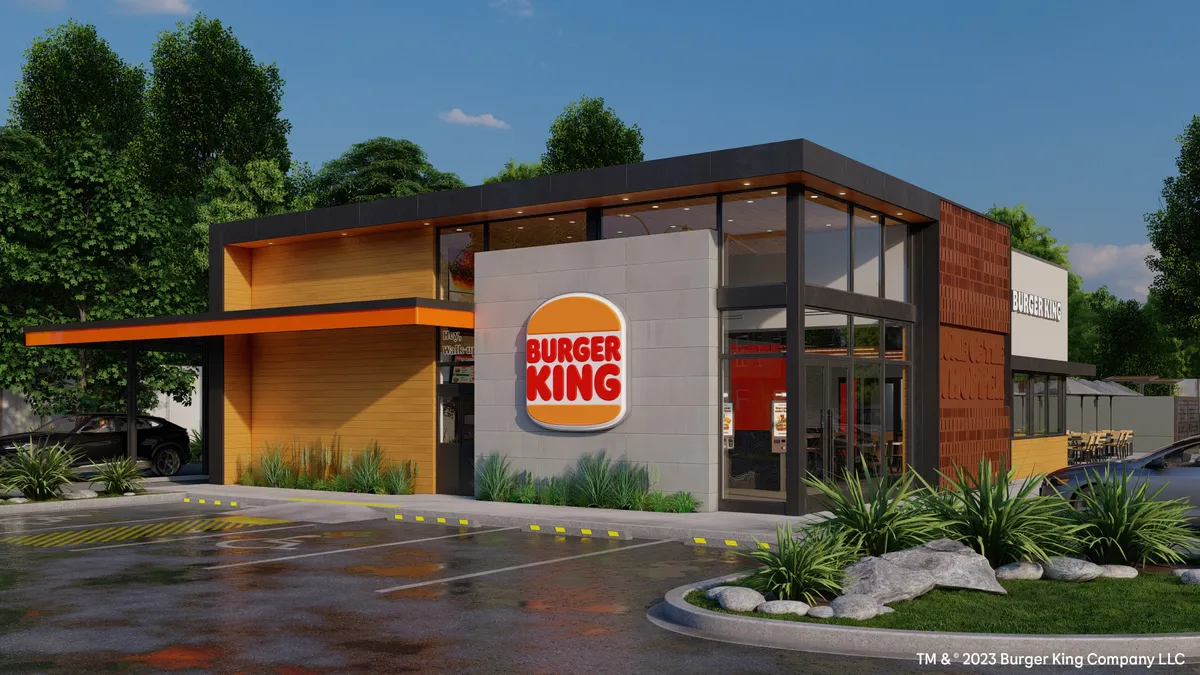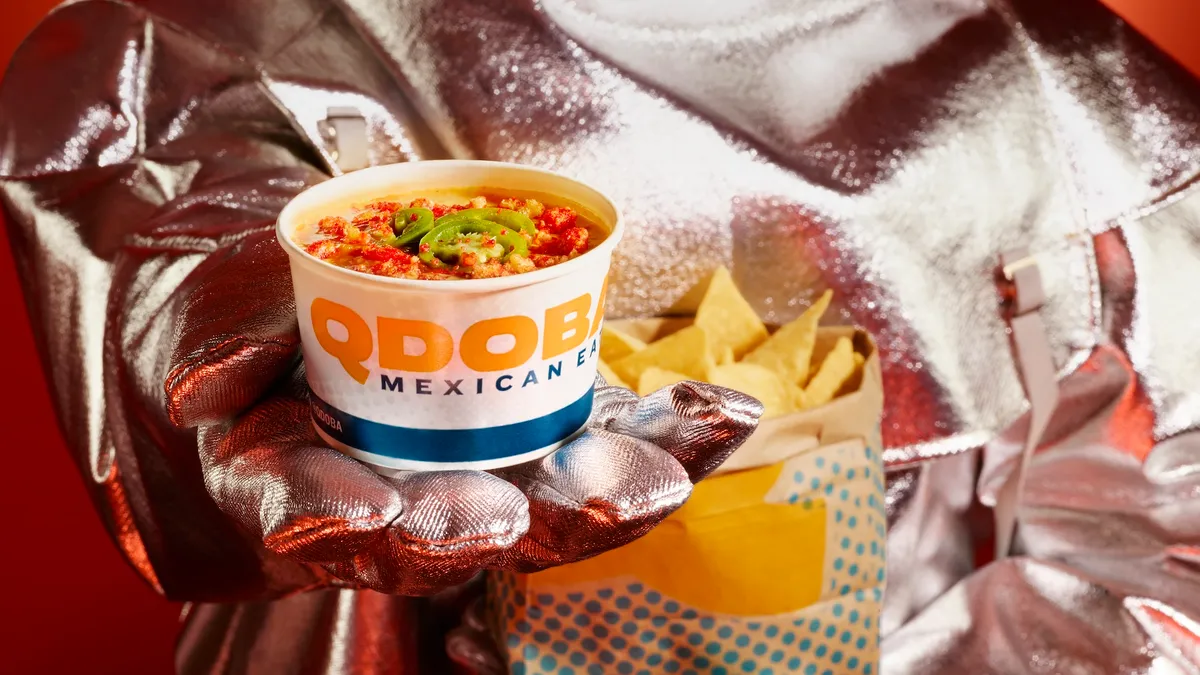Editor’s note: This is the first in a three part series on juice chains. The second highlights how juice chains are boosting store-level profitability.
In 2010, Steve Schulze, co-founder, CEO and president of Nekter Juice Bar, was trying to lose weight and went to the gym for 45 minutes a day, treating himself to Jamba Juice afterward. But after six months, he didn’t lose a pound. When he looked up the nutritional information of a Jamba Juice smoothie, he realized he was consuming nearly 100 grams of carbs as well as a high amount of sugar. After that experience, he and his wife had an idea.
“What if we reinvented the entire [juice] space like Starbucks reinvented the coffee experience,” Schulze said. “We get rid of all the processed ingredients and we just go with a simple menu.”
The couple opened their first location in a former Starbucks space in Irvine, California, with six juices, six smoothies and six bowls. Ingredients include organic acai, homemade cashew milk and coconut water. The first location made sales of $50,000 during its first year, and the company has now grown to over $130 million in annual sales with over 200 units open and 150 in development.
“We started off like gangbusters and have grown ever since,” Schulze said.
Interest in health and wellness became more relevant during and after the COVID-19 pandemic, and people seem to be more cognizant of what they are putting in their bodies than they did previously, Schulze said. This trend has benefited the juice segment, which has attracted more demographics in recent years — reaching high school students and people in their 70s and 80s, he said.
Nekter’s growth isn’t an outlier. Other regional juice chains, including Beyond Juicery + Eatery, Juice It Up, Main Squeeze Juice Co. and Joe & The Juice are entering new markets and growing through franchising as demand for healthy and convenient foods continues to rise.
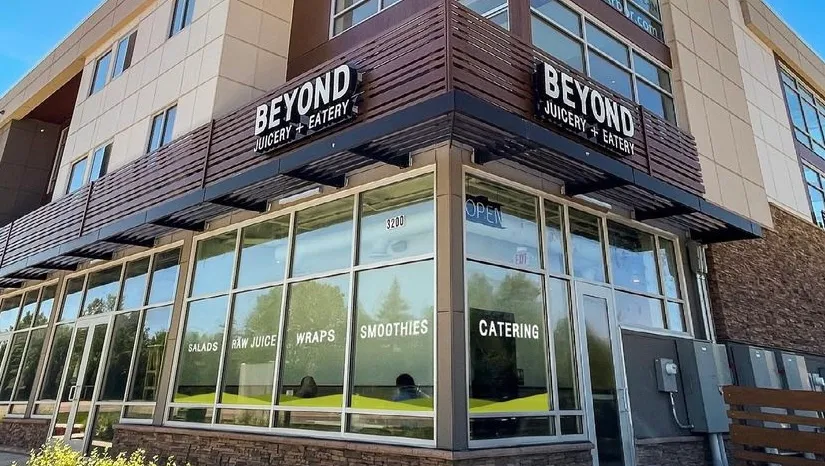
Not enough supply to meet customer demand
Diner interest in healthy eating isn’t slowing down, Main Squeeze Juice Co. CEO Thomas Nieto said, but many on-the-go consumers struggle to find options for healthy eating that are convenient and taste good, he said.
“The demand for all natural, healthy, clean [eateries] just continues to rise,” Nieto said. “You don’t have enough supply to meet the demand. … Our competitors are growing. We’re growing.”
Much of Main Squeeze’s growth had been organic. Many of its franchises were avid fans and wanted to become part of the brand, Nieto said. Existing franchisees have also expanded their store counts. As of Q3, the company had 28 stores and 61 units in various stages of development.
Main Squeeze has also been growing through acquisitions. In spring of 2023, the company acquired 23-unit I Love Juice Bar. It will keep eight or nine units and convert them to Main Squeeze units, Nieto said. So far, Main Squeeze completed a handful of conversions, which included training staff, installing new equipment and incorporating cold pressed juice, Nieto said.
“It’s a great time to acquire when the market is down, when the market is low,” Nieto said. “[We’re] just seizing the opportunity and trying to create upside in the downturn.”
Beyond Juicery + Eatery has over 40 units open, a bulk of which are in Michigan, where the company is based, said William Parsons, integrator at Beyond Juicery. The chain has 10 locations in the Cleveland market with more to come. The company opened its first store in Naples, Florida, on Feb. 24.
“We’re strategically opening new markets with a travel path to ensure that we can give them 100% [of the] support that they need. No market needs to be treated any differently than another,” Parsons said.
Joe & The Juice, which has over 300 locations globally, opened over 60 stores in 2023 between franchised and company-owned locations globally, said Kasper Garnell, global brand director at Joe & The Juice. Of those 60, it opened five locations in the U.S., mainly focused in New York and Miami where existing stores have seen growth. The chain will focus on U.S. expansion in 2024, and Garnell expects to open around 15 to 20 U.S. stores. Most of those units will be company-owned, but franchisees may also open stores in new cities.
“We’re giving people a great experience combined with healthy products,” Garnell said. “And I think that’s the key to our success right now.”
For Joe & The Juice, a memorable experience involves playing the right music at the right time of day and picking interiors that reflect the city where the restaurant is located. At locations in more residential areas, the chain includes more lounge furniture and space for people to hang out. In cities and high-traffic areas like Spring Street or Wall Street in New York City, there are more high tables and bar areas, with space to allow for people to come in, wait for their orders and leave.
The company hasn’t focused much on franchising in the U.S., but began franchising in the Middle East late last year. Joe & The Juice is looking into franchising as a way to open new markets in the U.S. where it makes sense, he said.

Juice It Up, which has over 100 units open or under development in the Western U.S., is on a path to reach 200 units by 2027.
“As a 28-year-old brand that is mainly franchisee-owned, it is really important that we pick the right partners as we grow and onboard and really look at how we can help them be successful from the time they open their doors,” Susan Taylor, president and CEO of Juice It Up, said.
Juice it Up has been methodical in its growth and is looking at markets where it can support franchisees via its supply chain. It’s based in Newport Beach, California, and has a huge presence in the Inland Empire in Southern California, Taylor said. The company is expanding into San Diego, Central Valley and Sacramento, California, markets. The chain also has franchisees in New Mexico, Texas and Oregon, and opened a store on the California/Arizona border in 2023. It has also signed agreements for more stores in Arizona, Nevada, New Mexico and Utah.
“The great thing about our brand is we appeal to every type of health level,” Noah Burgess, Director of Research & Development at Juice it Up, said.
The brand appeals to ultra-healthy consumers wanting raw juice, gym goers who want protein smoothies, and guests who want breakfast or dessert substitutes that are still healthy, he said. Juice it Up also has smoothies for kids, like its Strawberry Wave, which is a top seller. This wide demographic makes it easier for the chain to choose markets that would be successful.
Nekter has had significant success with franchising, as well. Nekter first started franchising in 2012 when its co-founders signed six franchise agreements. Five of the six initial franchisees are still with the brand today, Schulze said.
In 2014 and 2015, the company ramped up franchising, and Schulze said he expects to open 50 to 60 units in 2024 and roughly 75 in 2025.
Franchisees have been opening up stores quickly, which has helped accelerate growth at Nekter. One franchisee signed an agreement in 2017 to open five stores over five years and had all five open in two years. It now has a 31-unit agreement with about 20 stores open. Nekter works with multi-unit operators with experience in the QSR space and individual owners.
Nekter initially focused on growing within the Southwest and has several locations in Southern California, Phoenix, Denver, Dallas and Houston, and has extended into additional regions in the country like Philadelphia and Chicago. It is also opening locations in Montana.
“I think [the segment]’s got a bright future,” Schulze said. “The wind is in its back. Health and wellness, I don’t think is going out of style anytime soon.”








